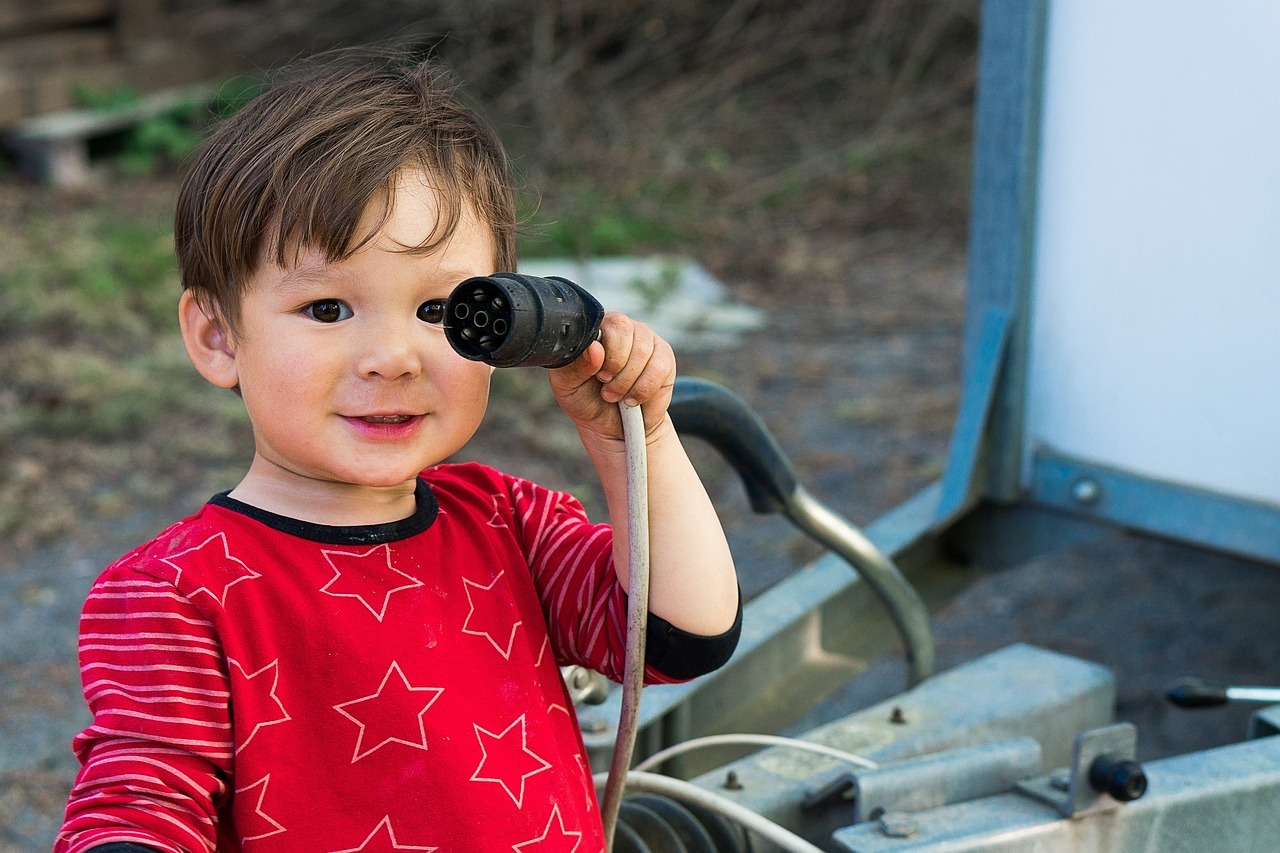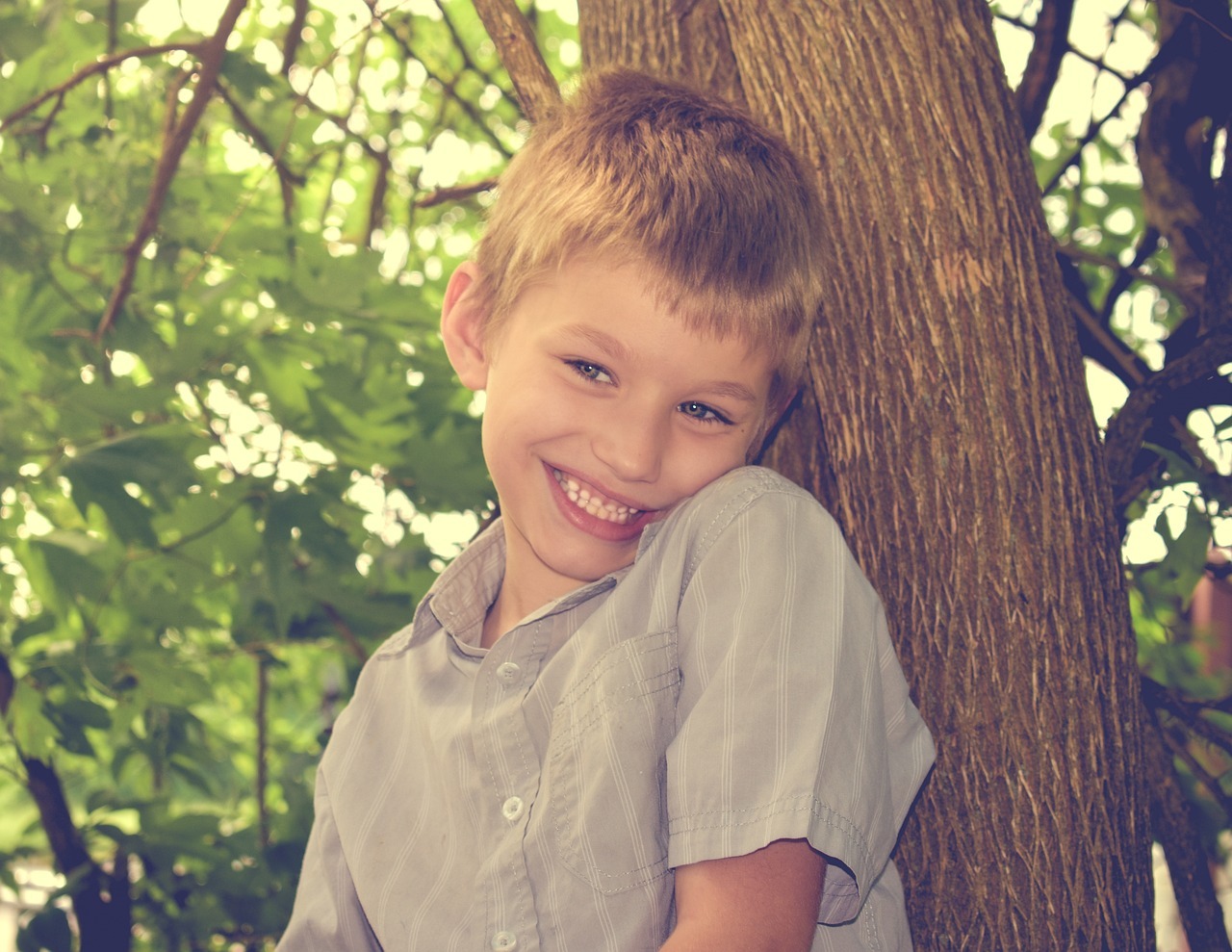ABA therapy is a type of behavioral intervention that has been found to be helpful for kids with autism. It stands for Applied Behavior Analysis, and it is a highly structured approach that uses positive reinforcement to help kids learn new skills and behaviors. There are many different ABA programs, and the one that is best for your child will depend on his or her individual needs. In this blog post, we will discuss the benefits of ABA therapy and look at some of the research that has been done on this topic.
What Is ABA Therapy?
ABA therapy is a type of behavioral intervention that has been found to be helpful for kids with autism. It stands for Applied Behavior Analysis, and it is a highly structured approach that uses positive reinforcement to help kids learn new skills and behaviors. There are many different ABA programs, and the one that is best for your child will depend on his or her individual needs.
Some of the skills that kids can learn through ABA therapy include communication, social skills, and self-care tasks such as dressing and brushing their teeth. ABA therapists work with kids one-on-one or in small groups, and they use a variety of techniques to help kids meet their goals. One of the most important things that ABA therapists do is to break down skills into small steps so that kids can learn them more easily.
ABA therapy has been found to be effective for kids of all ages, but it is especially helpful for young children who are just starting to develop symptoms of autism. In one study, kids who received ABA therapy showed significant improvements in their social and communication skills, and they were also more likely to be able to attend mainstream schools and participate in activities with their peers.
How Does ABA Therapy Work?
ABA therapy is based on the principles of behaviorism, which states that all behavior is learned and that it can be changed through conditioning. If you are wondering how ABA therapy works, the thing is that ABA therapists use positive reinforcement to encourage kids to display desired behaviors. For example, a child who waves goodbye when prompted by a therapist might be given a small treat as a reward. Over time, the child will learn that waving goodbye is the desired behavior because it results in a positive consequence (the treat).
ABA therapists also use techniques to reduce problem behaviors. For example, if a child is having tantrums, the therapist might provide attention and praise when the child is calm and compliant. This will help the child learn that tantrums are not effective in getting what they want, and that calm behavior is more likely to result in the attention and praise that they desire.
What Age Has the Highest Effectiveness of ABA?
The age at which ABA is most effective is unknown. Studies have shown that ABA can be helpful for children of all ages, including adults. However, the earlier ABA is started, the greater the chances are that it will be successful. ABA has been found to be most successful when it is intense (20-40 hours per week), individualized, and started as early as possible. Also, ABA should be continued for as long as possible in order to maintain its effectiveness. ABA is not a “quick fix” and it requires a lot of time, effort, and dedication from both the child and their caregivers. However, if you are willing to put in the work, ABA can be an incredibly effective treatment for autism.
Does ABA Therapy Have Any Side Effects?
ABA therapy is generally considered to be safe, and there are no known serious side effects. However, like with any type of therapy, there is always the potential for minor side effects such as mild skin irritation from the use of reinforcement items such as stickers or small toys. If you are concerned about any potential side effects, be sure to discuss them with your child’s ABA therapist.
How Do I Know if ABA Therapy is Right for My Child?
If you are wondering if ABA therapy is right for your child, the best thing to do is to speak with a professional. Autism specialists can assess your child’s individual needs and make recommendations about treatment options. However, the final decision about whether or not to start ABA therapy should be made by you and your child, after careful consideration of all the risks and benefits.
What Are the Costs Associated With ABA Therapy?
The cost of ABA therapy can vary depending on a number of factors, such as the intensity of the therapy (more hours per week will generally be more expensive), whether you use a private therapist or participate in a group program, and your location. In general, you can expect to pay anywhere from $30 to $100+ per hour for ABA therapy. Many insurance companies will cover at least some of the cost of ABA therapy, but it is important to check with your individual insurer to see what is covered. Also, there are a number of government and private organizations that provide financial assistance for ABA therapy, so be sure to do your research to see if you qualify for any type of funding. Additionally, many schools are required to provide ABA therapy to students with autism at no cost to the family, so be sure to check with your child’s school to see what services they offer.
It is important to note that ABA therapy is not a “cure” for autism, but it can be an effective intervention for helping kids with autism learn new skills and improve their overall functioning. If you are considering ABA therapy for your child, it is important to find a therapist who is experienced and certified in this type of intervention. ABA therapists typically have a bachelor’s or master’s degree in psychology, education, or a related field, and they must complete extensive training in ABA methodology. So, if you are considering ABA therapy for your child, be sure to do your research and find a qualified therapist.


